The stadium in Berlin is spectacular, with a 142 metres span it boasts the largest steel roof in Europe; the crowd has to be seen to be believed, on the last night there were certainly more fans than there were seats; the noise is deafening — and for a fan it’s just like you dreamed of.

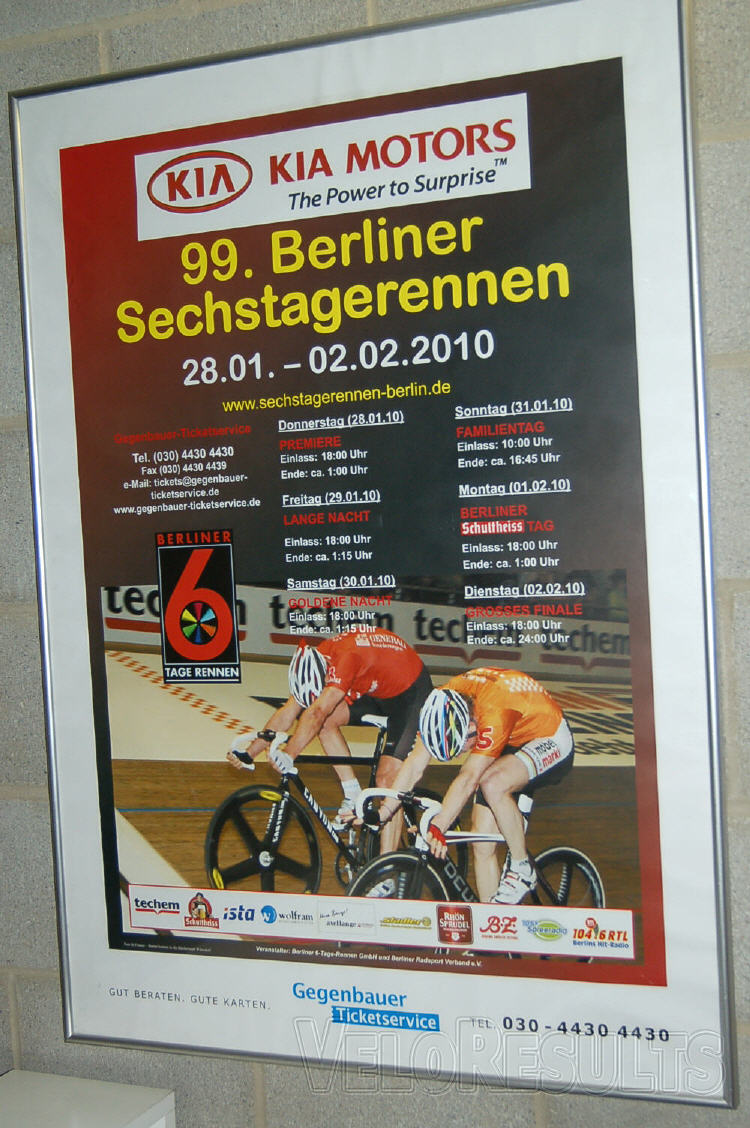
But if you were on the inside it wasn’t a happy race; to get the World Champions on board the organisers had to pay big bucks.
I can’t quote figures or it would be no more sixes for Ed, but it was serious money, ‘that’s fair enough’ I hear you say.
But it’s not.
Last season Bruno Risi didn’t ride Berlin because the organisers set a cap on what they could — or rather, would pay — and that was less than Bruno valued himself at.
The Aussies were each paid twice what the ‘capped’ figure was, and that didn’t go down well with the riders.

The usual banter wasn’t there; it was all very ‘flat.’

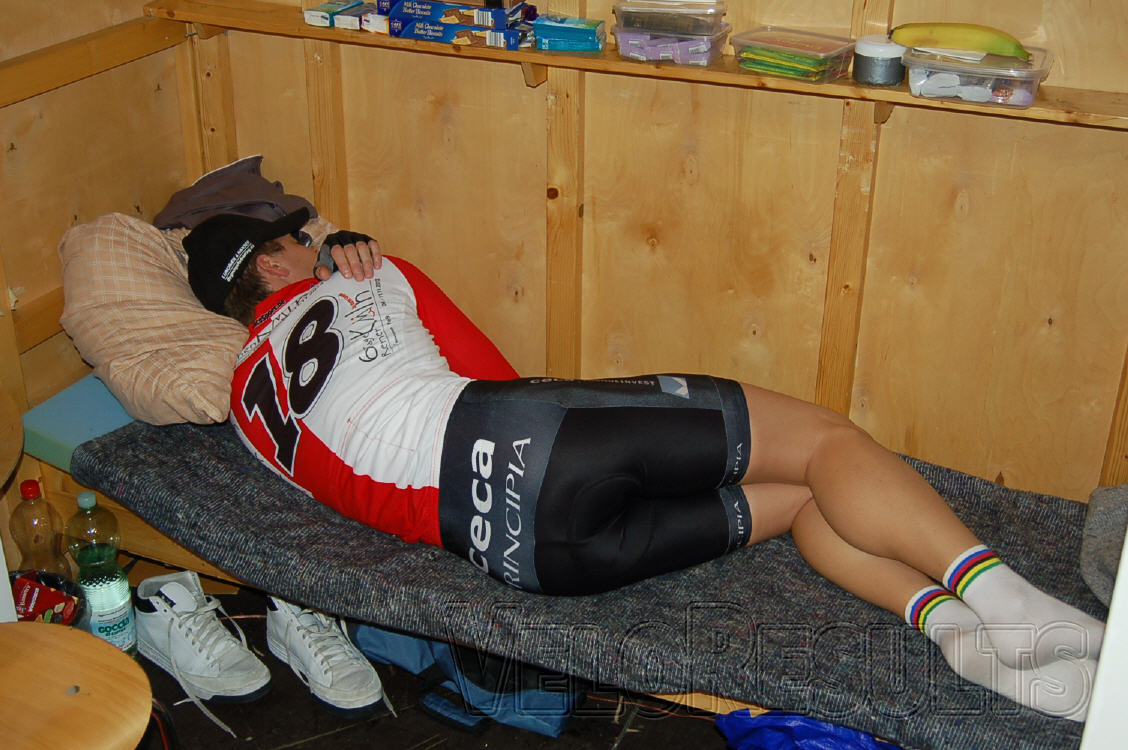
That said, it was a great experience to be there — I worked at Berlin a few years ago but somehow I don’t remember too much about it.
It was easier to get me to Berlin than it was to get me to Copenhagen and it meant I was there to help for the finalè.
The track is largely below ground and from the outside looks like a storage shed but when you walk in and see that roof and the big track — 250 metres — sitting there under the lights, it’s pretty special.


The folk lore is that the track is on the site of what was the old Stasi (East German Secret Police) HQ.
If you’ve ever seen the excellent film, ‘The Lives of Others’ the ‘velodrom’ is surrounded by those bleak apartment blocks that appear in the movie.

The only thing with a big track is that even with an 18 team field the riders do look a little ‘lost’ on that big expanse of Siberian Spruce.
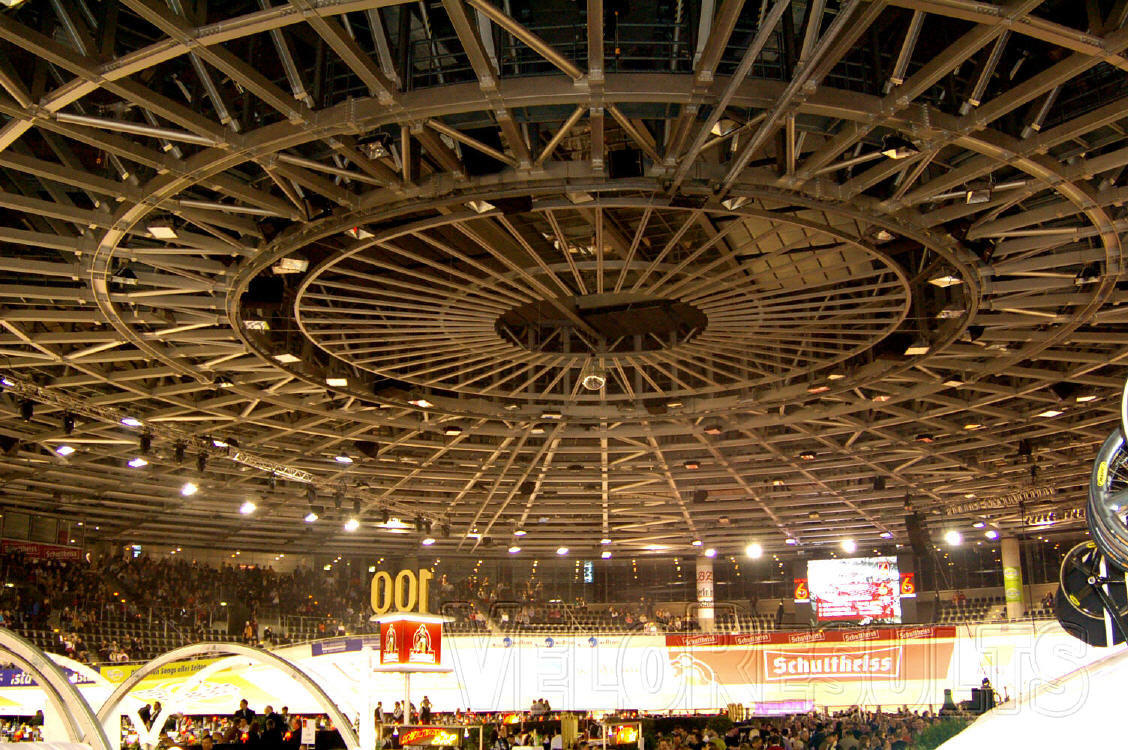

Which leads me back to money, some of the six day stalwarts were missing from those 18 teams — no Aeschbach or Van Bon for example and the field was ‘padded out’ with Czechs and Russians.
Some of them are hardy guys but they’re also easier to pay than shrewd Swiss or Dutch riders.

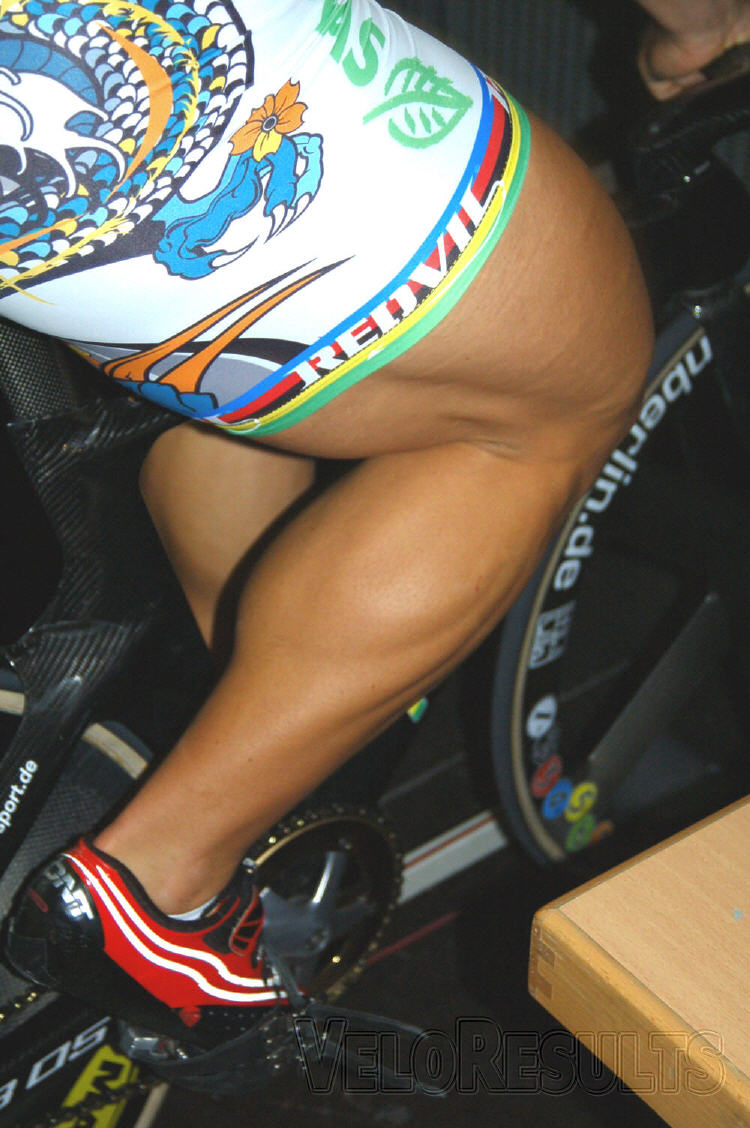

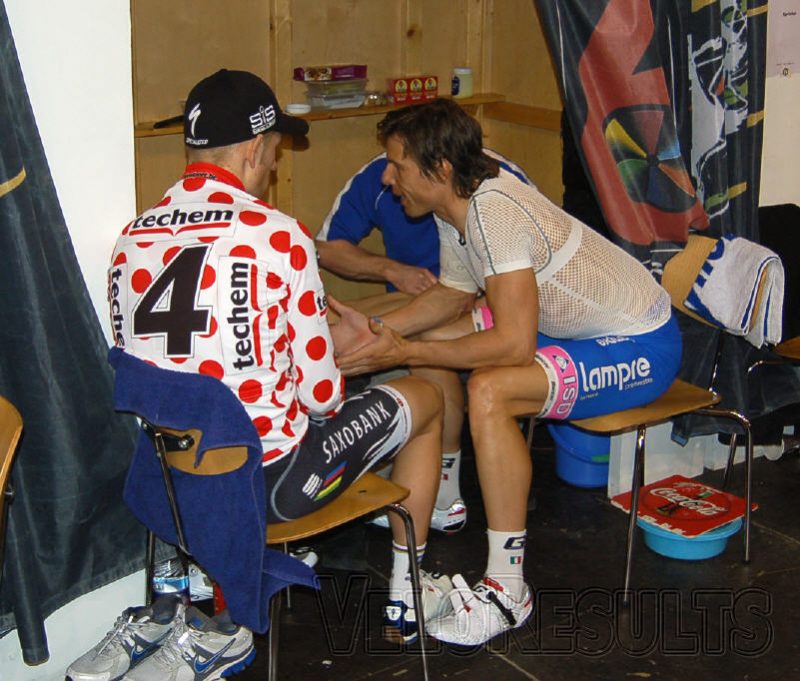
I know that the track is made from Siberian Spruce because I was talking to the man who designed and built it, Ralph Schuermann who is the third generation of the famous track architect dynasty.
The timber grows north of the Arctic Circle where the growing season is very short, the growth rings are tight, making it very hard and because they take the timber from deep in the forest it’s unaffected by the wind, growing tall and straight.
He’s also the man behind the Meadowbank and Glasgow Commonwealth Games tracks.

Andre Greipel appeared for a presentation, he’s a big boy and wee Cav is gallus to give him verbal; he looks like he could bite your head off.

The Danes won the chase on Thursday night; that was cool — during that race there were guys going about as slow as I’ve seen at a six day, on their knees.

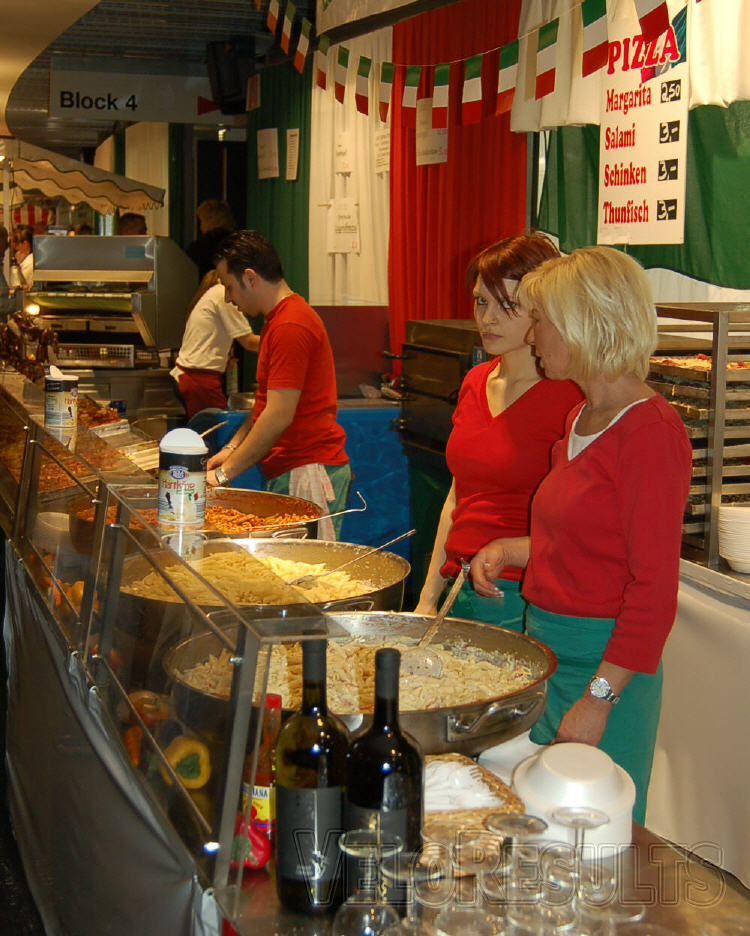

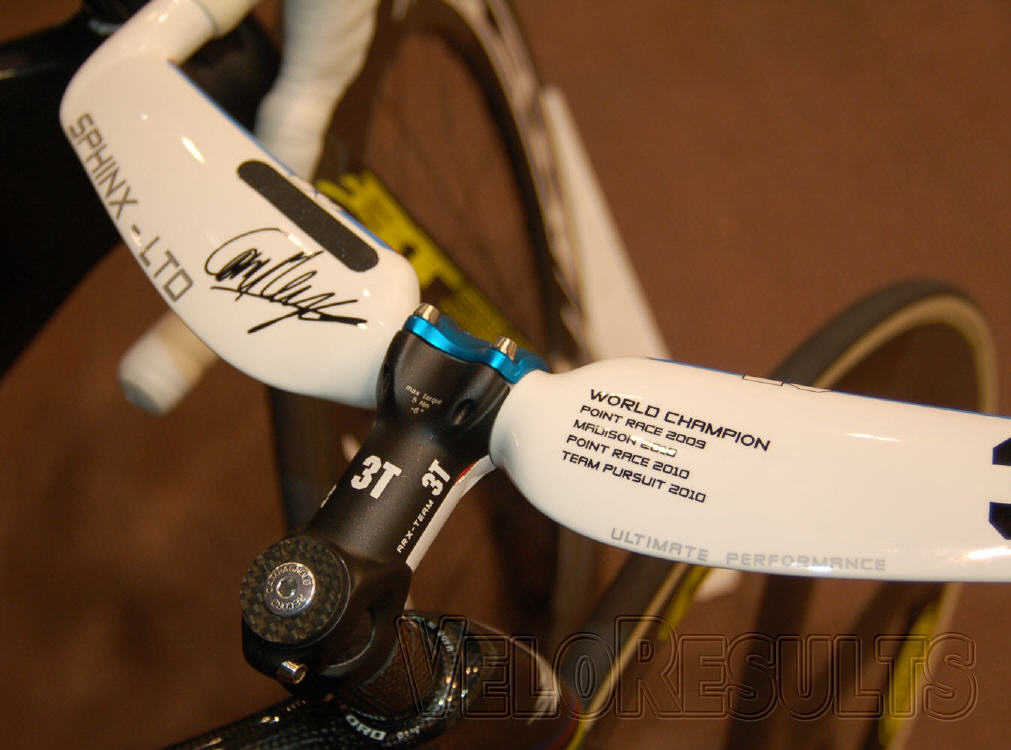
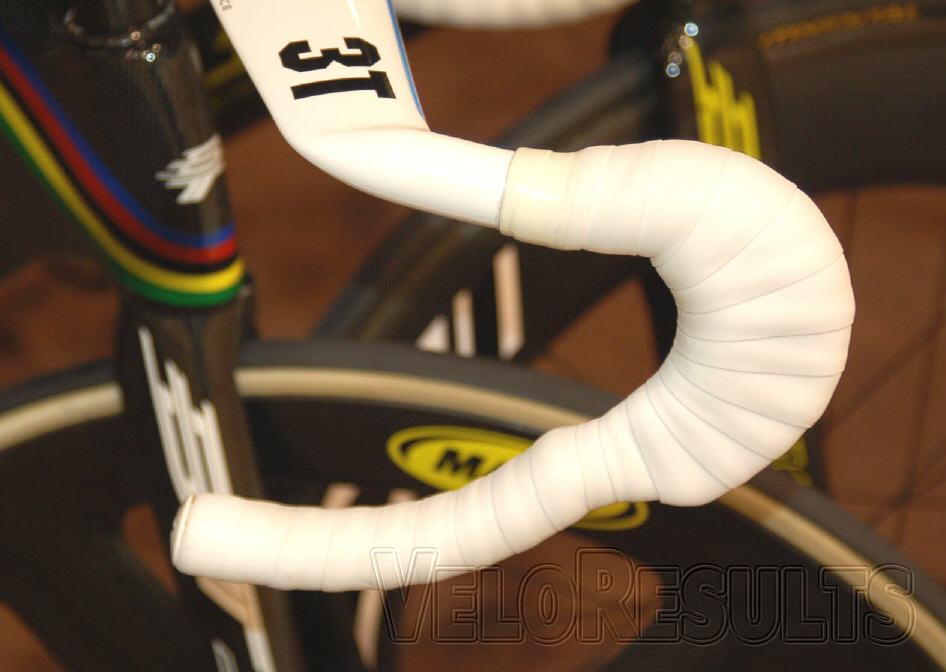
The thing about a Six Day is that it sneaks up on you, night by night, race by race — chases, points, devils, Dernys and time trials.
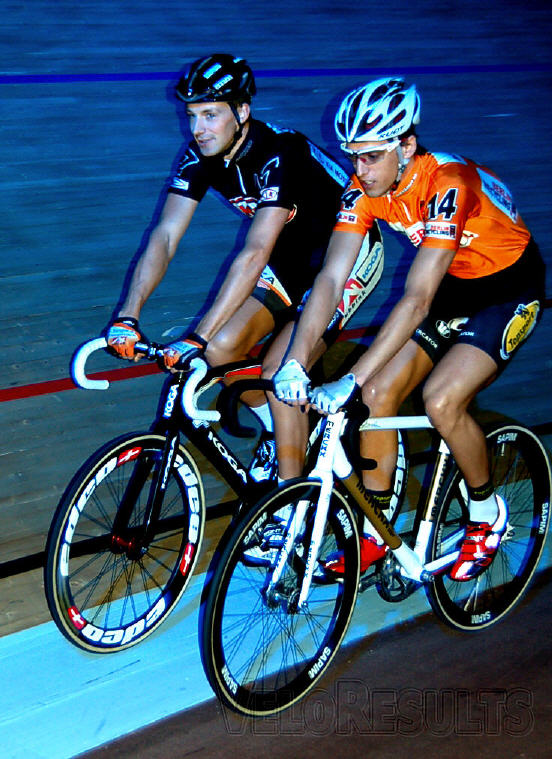
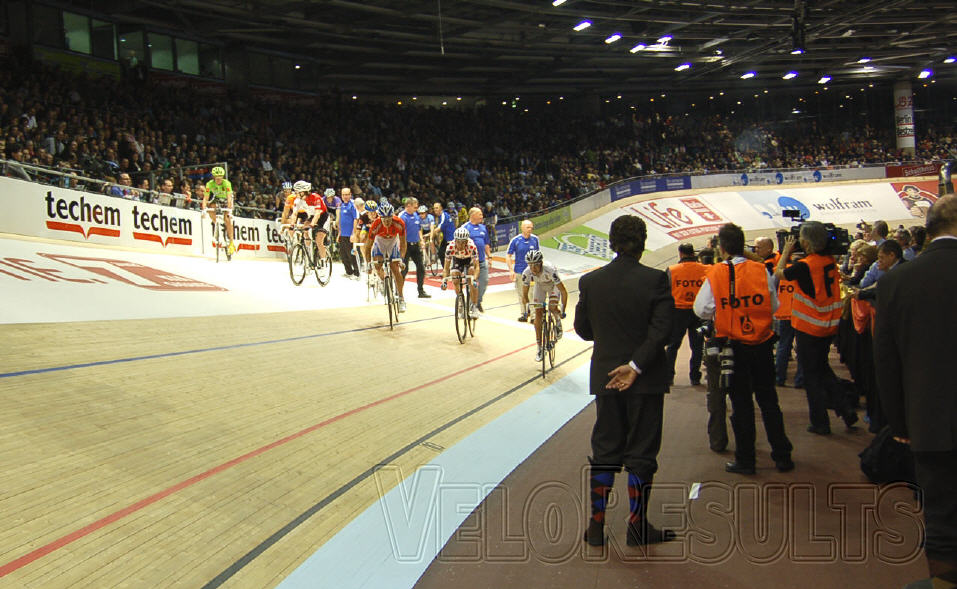
The nightly time test at Berlin was 1,000 metres from a flying start; despite that fact that it was midnight and the big chase had been run the big boys were still clocking 56 seconds — that’s quick.
The sprinters are big in Berlin, so are the stayers — a form of racing that many young cycling fans have never even heard of.
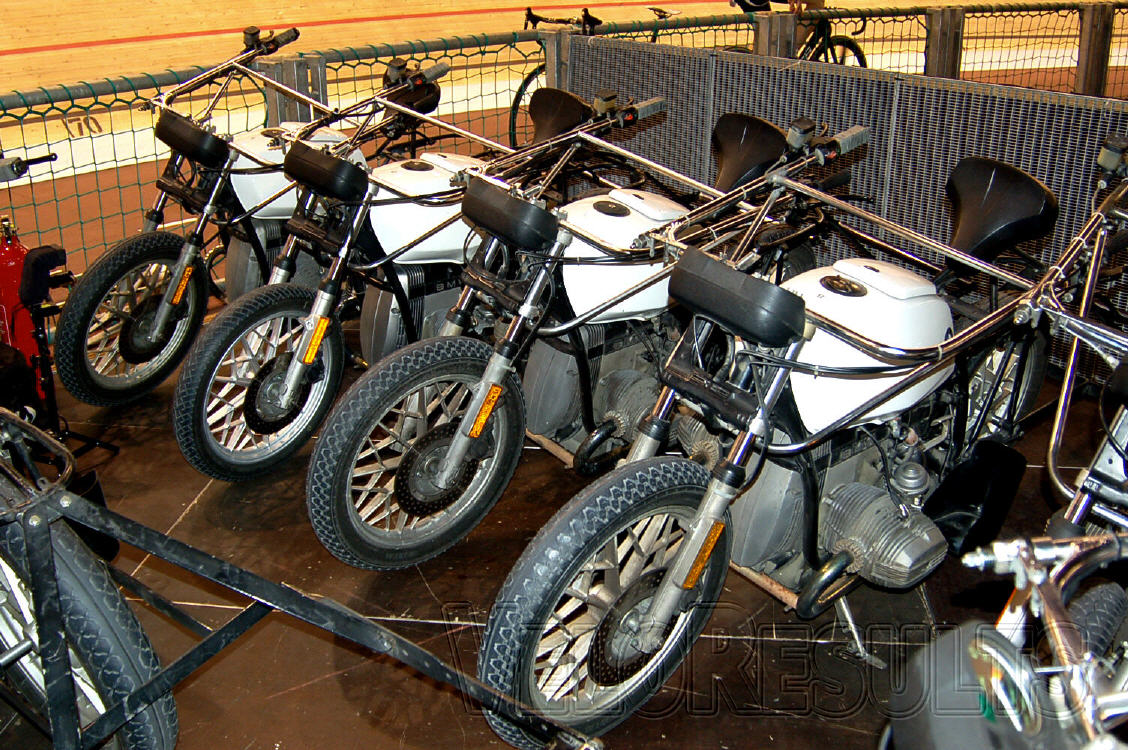
I remember the first time I sent a photo of a motor pacing bike to an editor; ‘what the hell is that?’ was the reply.

Motor pacing was big for a long time all over Europe, Hemingway writes about going to see the motor paced races at the Winter Track in Paris way back between the wars.
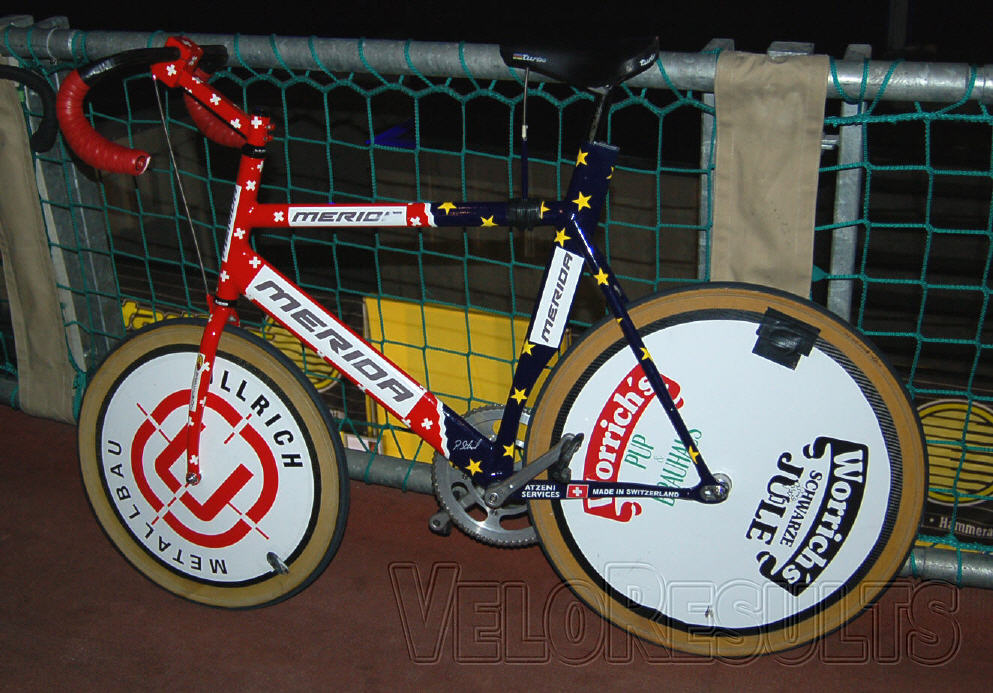
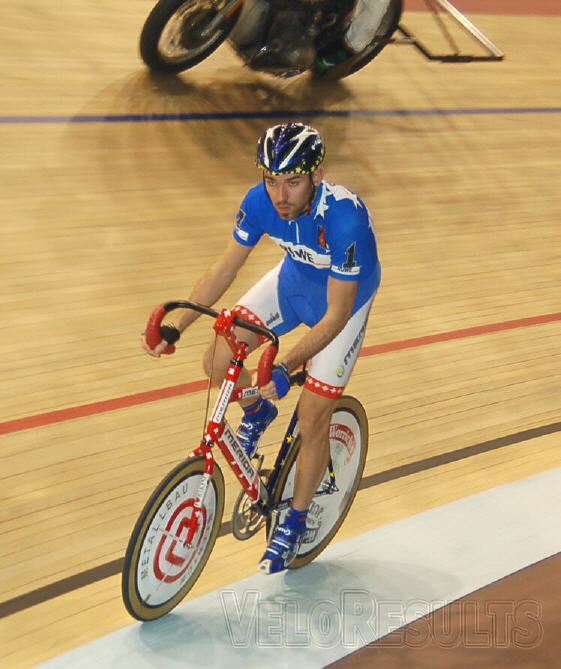
What killed it was the corruption among the pace drivers, the UCI finally abandoned it in the 90’s — the drivers bought and sold the races and athletic ability was secondary to bank balance.
All that said, when the big BMWs are roaring around the bankings three abreast its spectacular stuff — but maybe best on a big old concrete outdoor track where the speeds are wearing on for 100 kph.

And in the, ‘never judge by appearances’ file goes Julien Stevens – he’s the ‘wee old guy’ helping Eddy, the mechanic.

A tour stage winner, Merckx henchman and hard as nails pro, he was second in the 1969 Worlds when Dutchman Harm Ottenbros out kicked him to rainbow jersey.
The music wasn’t bad but not as good as Rotterdam or Gent, the deejay’s propensity to play the worst of Euro pop during the chases rather spoiled it for me.
And the house band wasn’t the best, from Ricky Martin to The Sweet, they’ll butcher it.

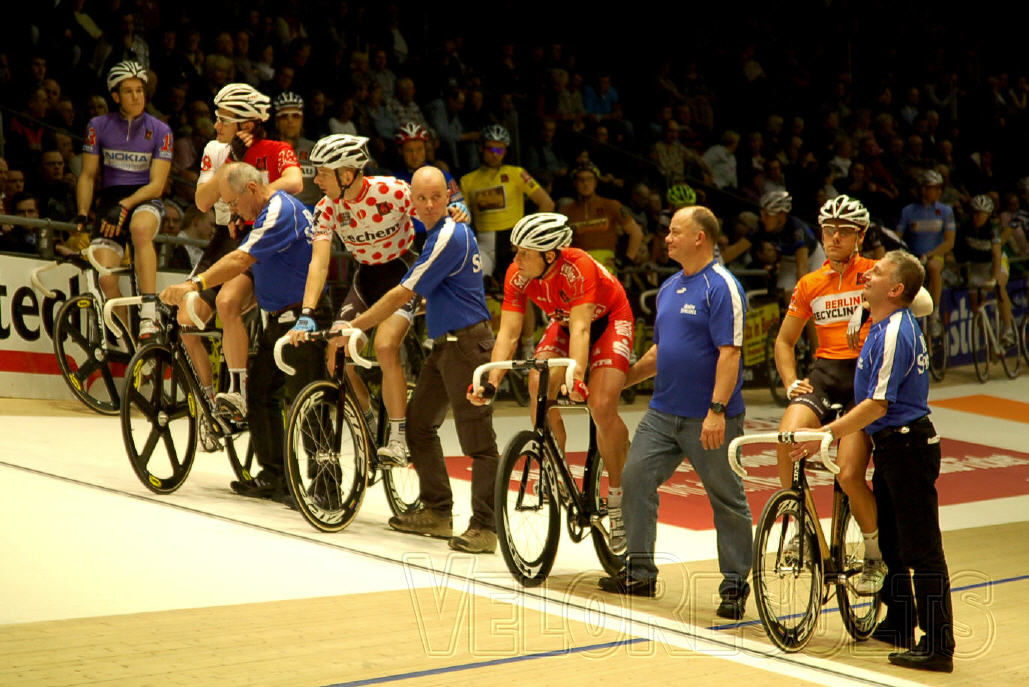
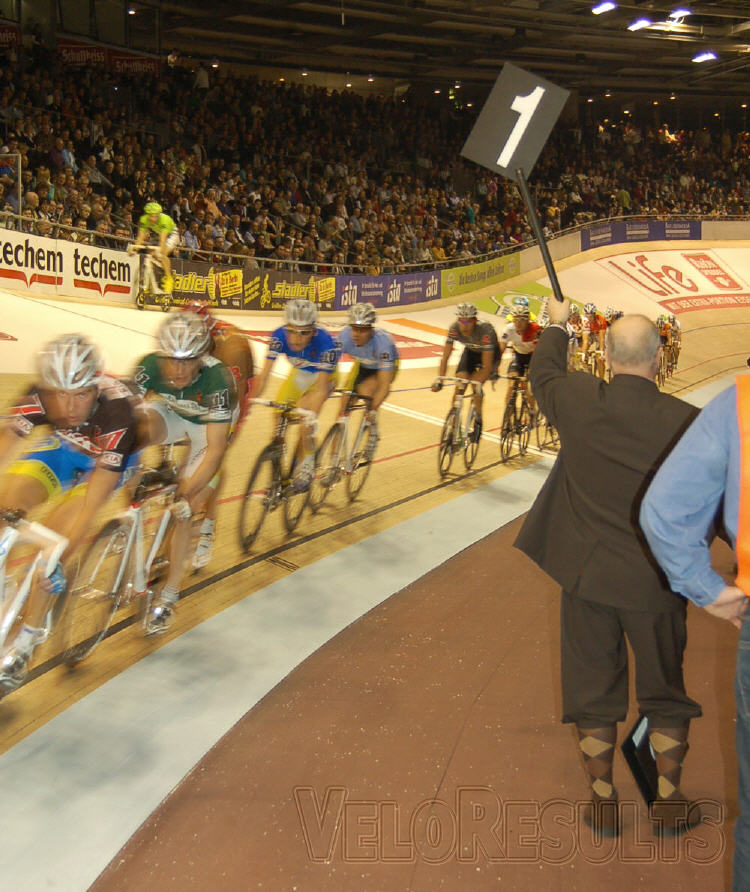
The final chase went — unsurprisingly — to Bartko & Kluge; stylishly they are very similar: big, strong, smooth and good in the chases.
They had to work hard for it, though and the noise was deafening when they took the lap they needed.


The Aussies were second and our Danes were third.


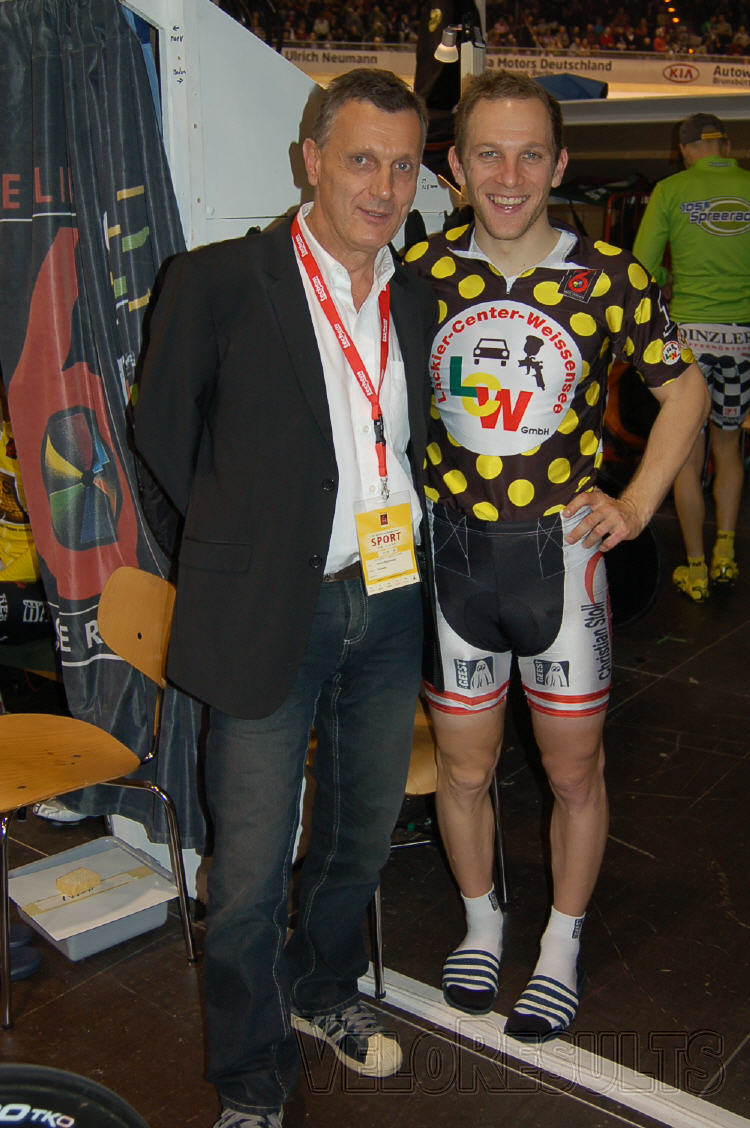
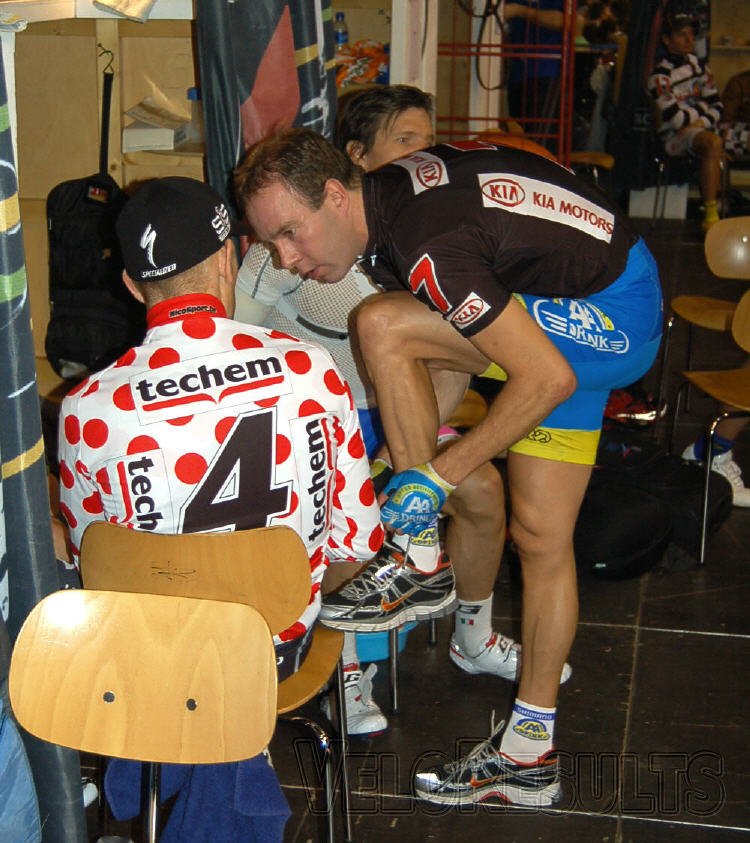
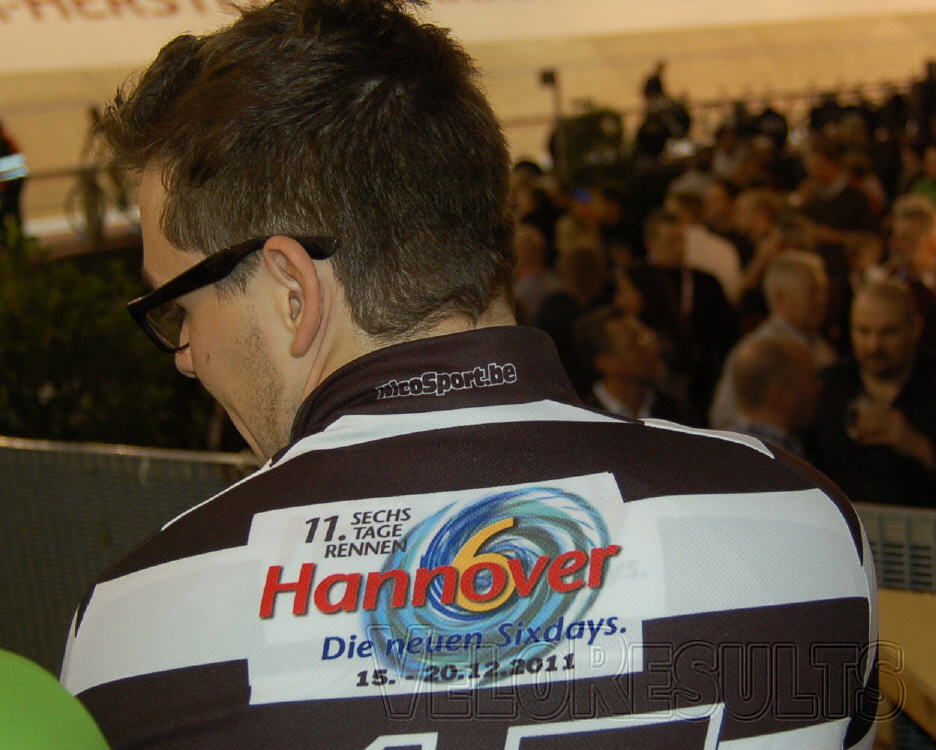

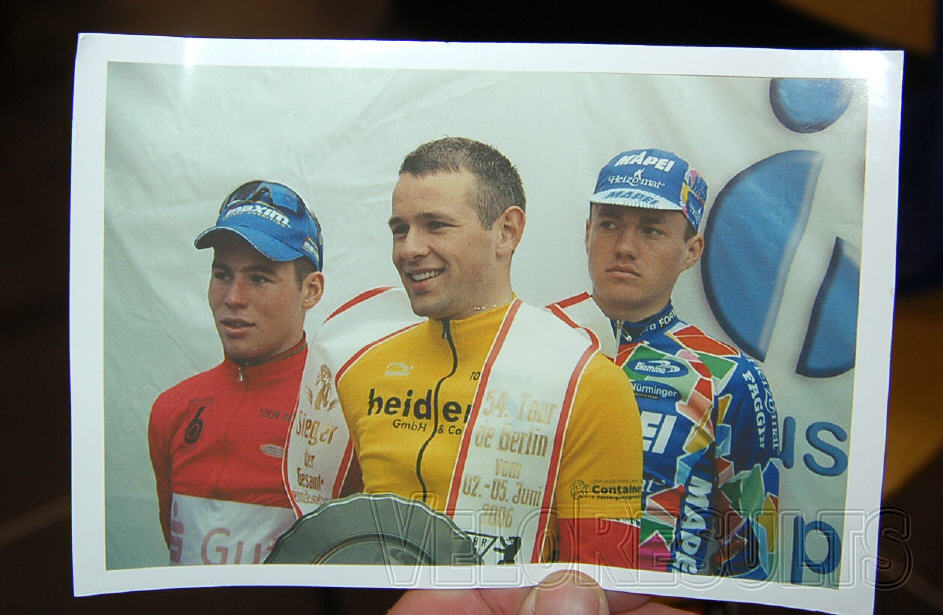
The presentations were around midnight and we got away for around 02:00 am.
We made a cold, grey Rostock on the Baltic coast for 05:00 and slept in the camper ‘til 10:30.
The ferry was at 11:00, a couple of hours on the water and then another couple of hours on the road.
And now it’s Copenhagen on Thursday at 15:00 and the riders’ meeting is about to start — we have six to look after: Alex Rasmussen, Michael Morkov, Franco Marvulli, Jens-Erik Madsen, Jesper Morkov and Colby Pearce.
Berlin wasn’t too hard for me, but with the race favourites on our books – and Michael being the perfectionist that he is — this will be a ‘proper job.
More soon!


Berlin Six Day 2011 Result
1 Robert Bartko / Roger Kluge (Ger) Schultheiss 315 pts
2 Leigh Howard / Cameron Meyer (Aus) Axel Lange 208
At One Lap
3 Alex Rasmussen / Michael Mørkøv (Den) techem 278
4 Franco Marvulli (Swi) / Danilo Hondo (Ger) JAHN BAU 205
5 Danny Stam / Peter Schep (Ned) KIA Motors 139
At Three Laps
6 Leif Lampater / Christian Grasmann (Ger) 105’5 Spreeradio 135
7 Kenny de Ketele / Tim Mertens (Bel) Berlin Recycling 106
At Four Laps
8 Robert Bengsch / Marcel Kalz (Ger) MEIKO 119
At Nine Laps
9 Martin Bláha / Jiri Hochmann (Cze) TURM ErlebnisCity 54
At Ten Laps
10 Marcel Barth / Erik Mohs (Ger) Oßwald 190
11 Tino Thömel (Ger) / Andreas Müller (Aut) LCW 115
At Thirteen Laps
12 Marc Hester / Jens-Erik Madsen (Den) 6-Tage Rennen Köln 96
At Fifteen Laps
13 Milan Kadlec (Cze) / Henning Bommel (Ger) Holiday Inn 54
At Sixteen Laps
14 Claudio Imhof / Silvan Dillier (Swi) 76
At Eighteen Laps
15 Ralf Matzka / Theo Reinhardt (Ger) pot marketing 90
At Twenty One Laps
16 Alexei Markov / Ivan Kowalev (Rus) PEES 31
At Twenty Two Laps
17 Benjamin Edmüller / Bastian Faltin (Ger) Hannover Sixdays 26
At Twenty Three Laps
18 Jan Dostal / Vojtech Hacecky (Cze) wolfram 28



